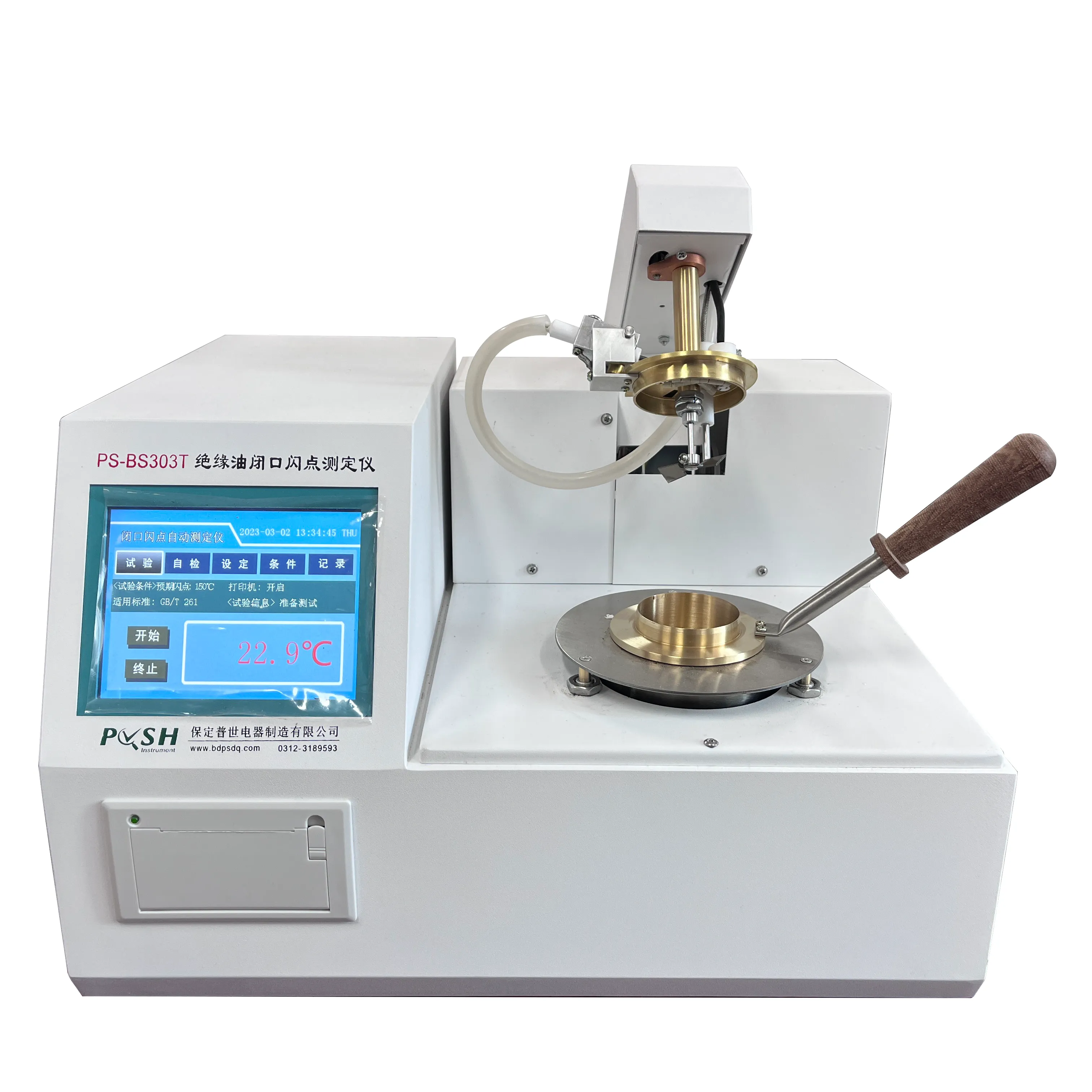 English
English



-
 Afrikaans
Afrikaans -
 Albanian
Albanian -
 Amharic
Amharic -
 Arabic
Arabic -
 Armenian
Armenian -
 Azerbaijani
Azerbaijani -
 Basque
Basque -
 Belarusian
Belarusian -
 Bengali
Bengali -
 Bosnian
Bosnian -
 Bulgarian
Bulgarian -
 Catalan
Catalan -
 Cebuano
Cebuano -
 China
China -
 China (Taiwan)
China (Taiwan) -
 Corsican
Corsican -
 Croatian
Croatian -
 Czech
Czech -
 Danish
Danish -
 Dutch
Dutch -
 English
English -
 Esperanto
Esperanto -
 Estonian
Estonian -
 Finnish
Finnish -
 French
French -
 Frisian
Frisian -
 Galician
Galician -
 Georgian
Georgian -
 German
German -
 Greek
Greek -
 Gujarati
Gujarati -
 Haitian Creole
Haitian Creole -
 hausa
hausa -
 hawaiian
hawaiian -
 Hebrew
Hebrew -
 Hindi
Hindi -
 Miao
Miao -
 Hungarian
Hungarian -
 Icelandic
Icelandic -
 igbo
igbo -
 Indonesian
Indonesian -
 irish
irish -
 Italian
Italian -
 Japanese
Japanese -
 Javanese
Javanese -
 Kannada
Kannada -
 kazakh
kazakh -
 Khmer
Khmer -
 Rwandese
Rwandese -
 Korean
Korean -
 Kurdish
Kurdish -
 Kyrgyz
Kyrgyz -
 Lao
Lao -
 Latin
Latin -
 Latvian
Latvian -
 Lithuanian
Lithuanian -
 Luxembourgish
Luxembourgish -
 Macedonian
Macedonian -
 Malgashi
Malgashi -
 Malay
Malay -
 Malayalam
Malayalam -
 Maltese
Maltese -
 Maori
Maori -
 Marathi
Marathi -
 Mongolian
Mongolian -
 Myanmar
Myanmar -
 Nepali
Nepali -
 Norwegian
Norwegian -
 Norwegian
Norwegian -
 Occitan
Occitan -
 Pashto
Pashto -
 Persian
Persian -
 Polish
Polish -
 Portuguese
Portuguese -
 Punjabi
Punjabi -
 Romanian
Romanian -
 Russian
Russian -
 Samoan
Samoan -
 Scottish Gaelic
Scottish Gaelic -
 Serbian
Serbian -
 Sesotho
Sesotho -
 Shona
Shona -
 Sindhi
Sindhi -
 Sinhala
Sinhala -
 Slovak
Slovak -
 Slovenian
Slovenian -
 Somali
Somali -
 Spanish
Spanish -
 Sundanese
Sundanese -
 Swahili
Swahili -
 Swedish
Swedish -
 Tagalog
Tagalog -
 Tajik
Tajik -
 Tamil
Tamil -
 Tatar
Tatar -
 Telugu
Telugu -
 Thai
Thai -
 Turkish
Turkish -
 Turkmen
Turkmen -
 Ukrainian
Ukrainian -
 Urdu
Urdu -
 Uighur
Uighur -
 Uzbek
Uzbek -
 Vietnamese
Vietnamese -
 Welsh
Welsh -
 Bantu
Bantu -
 Yiddish
Yiddish -
 Yoruba
Yoruba -
 Zulu
Zulu
Tan Delta Testing for Transformer Oil Quality Assessment
Understanding the Transformer Oil Tan Delta Test Importance and Methods
Transformer oil, an essential component in electrical transformers, plays a crucial role in both insulation and cooling. Over time, the quality of this oil can degrade due to factors such as thermal stress, moisture ingress, and oxidation. One of the vital tests to assess the condition of transformer oil is the Tan Delta test, also known as the Power Factor test. This article delves into the significance of the Tan Delta test, its methodology, and what the results can indicate about the quality of transformer oil.
What is the Tan Delta Test?
The Tan Delta test measures the dielectric loss of the oil, providing insights into its insulating properties. The term tan delta refers to the tangent of the loss angle which is a measure of this energy loss in the material when it is subjected to an alternating electric field. A high tan delta value generally indicates a higher level of moisture or contaminants in the oil, suggesting degraded insulation properties.
Importance of the Tan Delta Test
Monitoring the quality of transformer oil through Tan Delta testing is paramount for several reasons
1. Preventing Failures Regular testing can identify problems before they lead to significant failures. A transformer failure can result in costly downtime, equipment damage, and safety hazards.
2. Maintaining Efficiency High dielectric losses can reduce a transformer's operational efficiency. By ensuring that the oil remains within acceptable parameters, operators can maximize performance.
3. Regulatory Compliance Many industries have regulations regarding the maintenance of transformers and their insulating oils. Conducting Tan Delta tests can help ensure compliance with these standards.
transformer oil tan delta test set

Methodology of the Test
The Tan Delta test is performed using specialized equipment that applies an alternating current to a sample of the transformer oil. The setup typically involves the following steps
1. Sample Collection Oil samples are taken from the transformer. It's crucial to collect these samples under conditions that minimize contamination.
2. Preparation The samples are prepared in the laboratory, ensuring they are free of moisture and particulates that could skew results.
3. Testing The oil sample is subjected to a controlled voltage. The instrument measures both the current that flows through the oil and the phase angle of this current relative to the applied voltage.
4. Calculation The tan delta value is calculated using the formula Tan(δ) = (I_loss / I_capacitive), where I_loss is the out-of-phase current indicating losses and I_capacitive is the in-phase current.
5. Interpretation of Results Generally, tan delta values below 0.1% are considered acceptable, while values above this threshold may indicate the need for further investigation or oil treatment.
Conclusion
The Tan Delta test for transformer oil is a critical tool in the maintenance and management of electrical transformers. By regularly assessing the oil's quality, operators can ensure the reliability and longevity of these essential assets. An increased awareness of the test's significance, along with adherence to industry best practices, can help prevent operational failures and extend the service life of transformers. In an era where energy efficiency and reliability are more critical than ever, the role of the Tan Delta test cannot be overstated.
-
Ensuring SF₆ Gas Safety: Introducing PUSH’s Integrated SF₆ Analyzer for Dew Point, Purity, and Decomposition MonitoringNewsJul.10,2025
-
Exploring the Main Types of Industrial Endoscopes and Their Applications Across IndustriesNewsJul.04,2025
-
Testing Equipment Industry Sees Major Advancements in 2025: Smart & Precision Technologies Lead the WayNewsJun.06,2025
-
Applications of Direct Current Generators in Renewable Energy SystemsNewsJun.05,2025
-
Hipot Tester Calibration and Accuracy GuidelinesNewsJun.05,2025
-
Digital Circuit Breaker Analyzer Features and BenefitsNewsJun.05,2025



